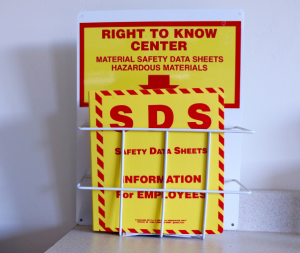Tom Neltner, J.D., is Chemicals Policy Director and Maricel Maffini, Ph.D., Consultant
Today, the Environmental Protection Agency (EPA) proposed a Maximum Contaminant Level (MCL) of 56 parts per billion (ppb) for perchlorate in drinking water – more than three times less protective than an interim health advisory level set in 2008. To justify this increase, EPA turned its back on scientific evidence showing that this potent neurotoxin undermines childrens’ motor development and control and can increase their anxiety and depression. The agency’s reasoning is inconsistent with its own analysis published in a draft report in late 2017 and the findings of a peer review panel it convened last year to review that report.
If the agency had used the most protective scientific study and the most sensitive endpoint evaluated in the proposed rule, the MCL would likely be 4 ppb – more than three times more protective than the current health advisory. As a result, the agency fails to adequately protect children from a lifetime of harm. With this MCL, EPA is allowing pregnant women to be exposed to perchlorate in the first trimester of pregnancy at levels that pose much greater risk of impaired neurodevelopment in their children.
The proposed MCL – and how the agency reached it – was both a disappointment and a surprise to us. In late 2017, we applauded the agency’s scientists for developing an innovative model connecting a mother’s perchlorate exposure in the first trimester to fetal harm. We were not alone – in early 2018, EPA’s peer review panel congratulated the agency’s scientists on their analysis. We also complimented EPA’s population-based approach to developing an MCL by estimating the percent of pregnant women, and their children, with borderline thyroid dysfunction due to low iodine intake.
So how did EPA abruptly change course and estimate an MCL less protective than the current health advisory? By altering its analysis in three subtle but significant ways:
- Rejecting five epidemiology studies showing harm at even lower exposure levels in favor of one IQ study by Korevaar et al. in 2016.
- Choosing an MCL that allows an IQ loss of 2 points even though the study showed a 1 point loss was statistically significant.
- Dismissing an alternative, population-based method that EPA proposed in 2017 that reinforces the need for a more protective standard.

